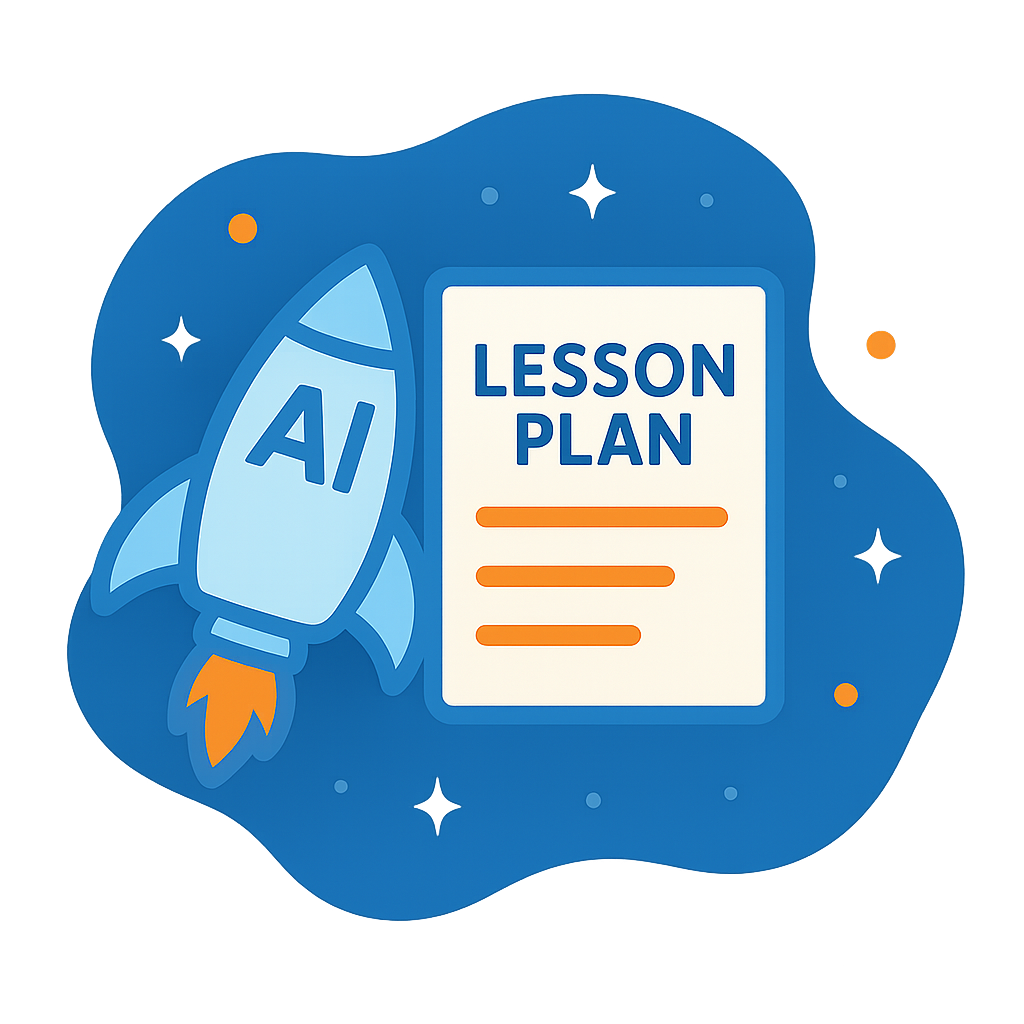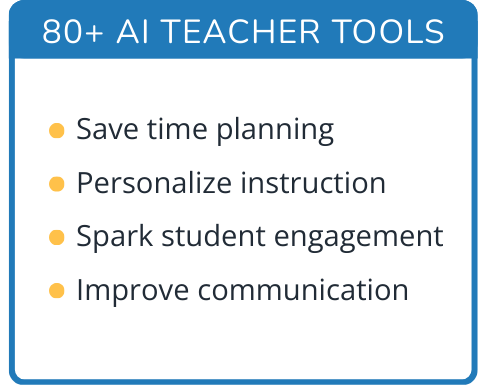Hi, what do you want to do?
Curated OER
Moral and Ethical Beliefs: Proverbs
Students compare and contrast the cultures of Japan and the United States. In groups, they are given a proverb from each country and note the similiarties in their teachings. They complete a worksheet and share their findings with the...
Curated OER
Story Pyramid and Summary
Students read a short selection of a story individually or as a class. On their own, they create a story pyramid for the selection and write a one page summary. They use text from the story for their supporting details. To end the...
Curated OER
The Ups and Downs of Weight and Mass
Learners explore the concept of mass, and how it differs from weight. They also calculate their weight change as they ride up and down on an elevator. They record the changes in their weight as the elevator moves
graph the collected data.
Pennsylvania Department of Education
Adding and Subtracting Three-Digit Numbers by Jumping
Second graders use data to graph information and draw conclusions. For this lesson on data analysis, 2nd graders practice gathering, sorting, comparing, and graphing data. Students differentiate data that can and cannot change over time.
Curated OER
Roman Gods and Goddesses
Young scholars discuss Roman gods and goddess and give reasons the religion would be difficult to follow. In this Roman gods and goddesses lesson, students read the Legend of Romulus and Remus and complete a chart on all of the...
Curated OER
Cause and Effect
Learners identify cause and effect relationships in a short story. After reading a short story, they participate in a discussion of how one event in a story can lead to several others. Students are then paired for a matching task that...
Curated OER
In A Station Of The Metro And A Pact
Students are exposed to two different works of poetry in order to complete a task of comparing and contrasting them. They analyze the poem and identify the juxtaposition. The analysis is compiled by them to make a class report of it.
Curated OER
Adding and Subtracting Fractions
Third graders practice adding and subtracting fractions. In this addition lesson, 3rd graders use paper fraction kits made from colored construction paper and complete several fraction problems on the chalkboard.
Curated OER
Adding and Subtracting Decimals
Students practice adding and subtracting numbers with decimals. In this decimals lesson plan, students use grid paper and money to learn how to add and subtract decimals.
Curated OER
Geometric Probablitiy: Spinners and Dartboards
Sstudents explore and analyze the properties of geometric areas. In this geometry lesson, sstudents use technology to simulate spinners and dartboards in order to fing areas of circles and sectors of circles and compare and...
Think Like A Programmer! Puzzlets Cork the Volcano Curriculum
Common Core Standards Connected
The standards listed below are standards from the Common Core Framework which map to learning opportunities with Cork The Volcano & Puzzlets.
Source Link:...
EdHelper
Comparing Numbers #3
In this comparing numbers worksheet, learners circle the larger number in a pair. Worksheet is labeled "sample" and is part of a subscription site with links.
Curated OER
Order from Smallest to Largest
In this smallest to largest worksheet, students compare the sizes of the bears in the pictures and put them in order from smallest to largest.
EdHelper
Comparing Numbers
In this number comparison worksheet, learners circle the larger number of a pair, 58 pairs total. Worksheet is part of a subscription site with links, and is labeled as a sample.
EdHelper
Comparing Numbers
In this number comparisons worksheet, 1st graders use the number line to help them find the smaller number in each set of numbers. Students complete 59 problems.
Curated OER
Comparing Numbers
In this number comparisons learning exercise, 1st graders use the number line to help them find and circle the smaller number in the 55 problems.
Inside Mathematics
Archery
Put the better archer in a box. The performance task has pupils compare the performance of two archers using box-and-whisker plots. The resource includes sample responses that are useful in comparing individuals' work to others.
Curated OER
"Pizza"rama With Fractions!!
Young mathematicians explore number values by utilizing food as a visual aide. They discuss the differences between halves, fourths, and eighths and how they are visually represented by a pizza. Then create their own pizza in class and...
Curated OER
Home in the Desert: Lesson for Use with This House is Made of Mud
Third graders examine how a family modifies their environment to create a home out of mud. They read the book "This House is Made of Mud" by Ken Buchanan, and write a description of their own home that compares the home of mud to their...
Curated OER
Draw a Picture - Fractions
Learners solve six word problems where they draw pictures in order to identify fractions as parts of a group or to compare fractions. Great practice for your third and fourth graders.
Curated OER
Integers - Objects Model
Sixth and seventh graders solve 19 various types of problems related to integers as objects models. They write an integer that corresponds to each letter on a number line and then, arrange the integers from least to greatest. Pupils also...
Illustrative Mathematics
Chocolate Bar Sales
For this real-world example, algebra learners start to get a sense of how to represent the relationship between two variables in different ways. They start by looking at a partial table of values that define a linear relationship. They...
Curated OER
Column Addition practice 4.6
In this adding columns worksheet, learners add two-digit and three-digit numbers, use symbols to compare pairs of addition problems, and solve word problems. Students solve nineteen problems.
Curated OER
A Dollar Goes A Long Way
Investigate life along the Old Spanish Trail! They visit websites and identify the history and environment. They create journals, dramatic enactments, and maps to discover the role individuals played in society. They also explore the...




























